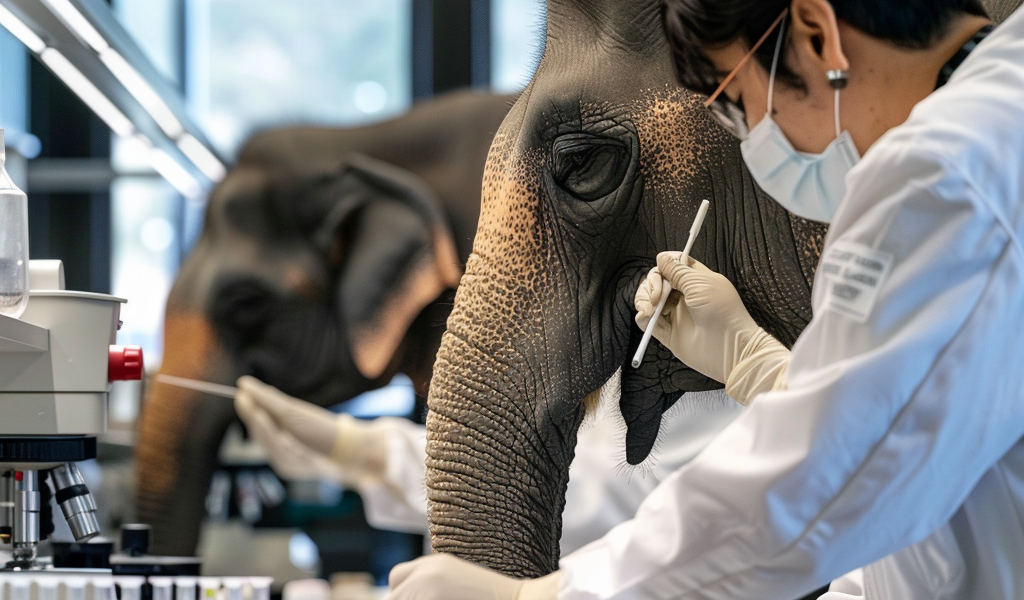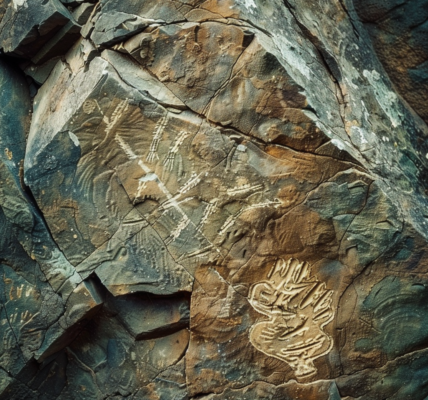Scientists Make Breakthrough in Creating Stem Cells for Woolly Mammoth Resurrection Project
Scientists are making strides in the ambitious project of resurrecting extinct species, with a recent breakthrough in creating a long-sought kind of stem cell for the closest living relative of the woolly mammoth. The biotech company behind the endeavor, Colossal Biosciences, announced the milestone, marking a significant step in the early stages of the project.
George Church, a geneticist at Harvard University and the Massachusetts Institute of Technology, who co-founded Colossal Biosciences, emphasized the importance of this achievement. The ultimate goal of the project is to bring back extinct species such as the woolly mammoth and the dodo bird using advanced cloning and genetic engineering techniques.
According to the company, scientists have successfully created induced pluripotent stem cells for the mammoth’s closest living relative, the Asian elephant, for the first time. While the work is yet to undergo peer review, the company plans to publish a scientific paper detailing the breakthrough on the bioRxiv preprint server.
Although the creation of these stem cells is a significant leap forward, it is still a long way from the vision of herds of mammoths roaming the wild once again. However, Church highlighted the importance of this step, likening it to the moment Neil Armstrong set foot on the moon during the Apollo 11 mission.
With the availability of these cells, scientists can now explore cloning techniques and gene editing to imbue elephants with key mammoth traits, such as their heavy coats and the ability to survive in cold climates. Church also mentioned the importance of creating elephants resistant to the herpesvirus, which poses a threat to infant elephants.
Despite the technical feasibility, the project has sparked ethical concerns among some scientists. Karl Flessa, a professor of geosciences at the University of Arizona, questioned the purpose of reviving extinct animals, expressing apprehension about the potential implications of releasing herds of resurrected species into their natural habitats.





